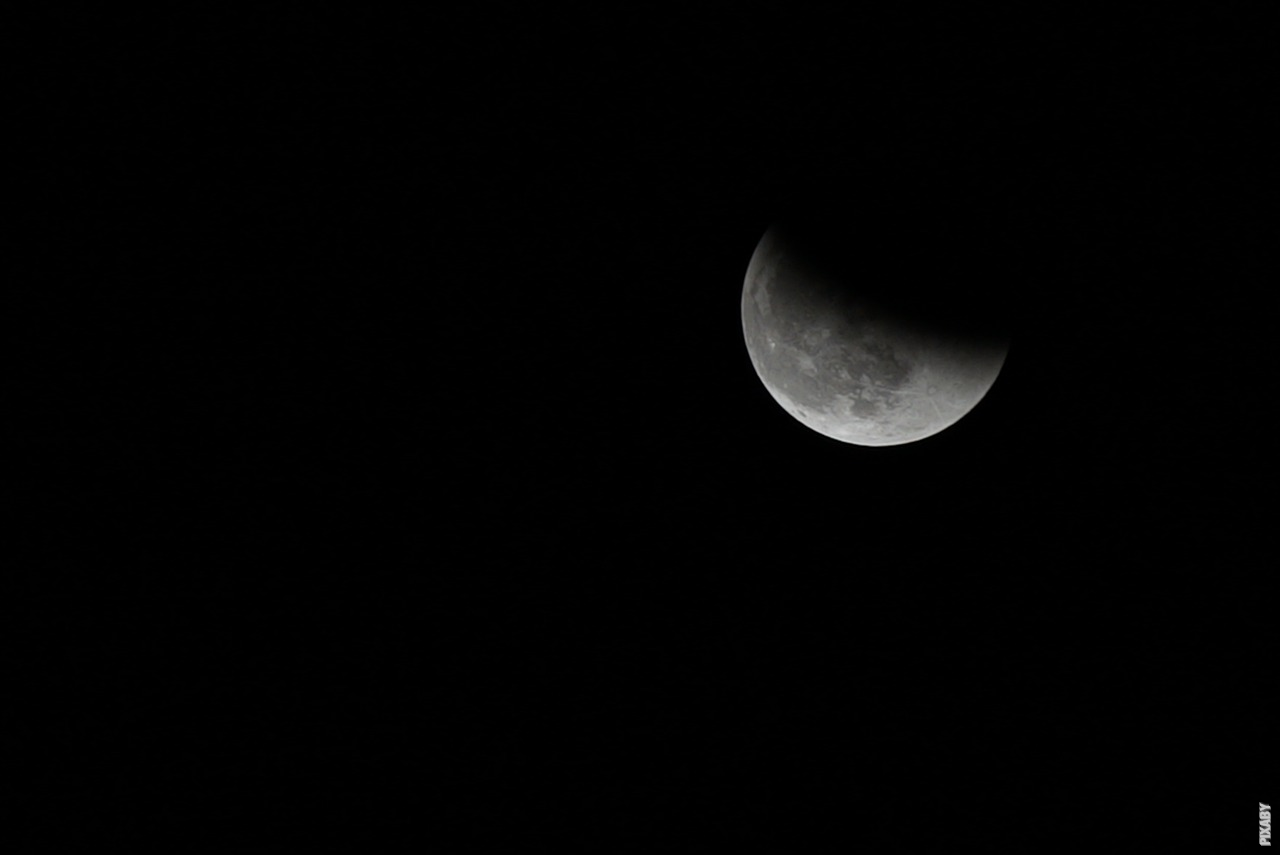Unlocking the Mysteries of Solar and Lunar Eclipses
Have you ever gazed up at the sky and witnessed the remarkable phenomenon of a solar or lunar eclipse? These celestial events have captivated humans for centuries, inspiring awe and sparking curiosity. In this article, we will delve into the science behind these captivating occurrences and explore the mesmerizing dance between the Sun, Moon, and Earth.
The Solar Eclipse: When the Sun Takes a Break
When the Moon aligns itself perfectly between the Earth and the Sun, a solar eclipse occurs. This cosmic rendezvous results in the Moon casting its shadow onto our planet, temporarily dimming the Sun’s brilliant light. Although the Moon is significantly smaller than the Sun, its proximity to Earth allows it to obstruct our view of the Sun during an eclipse. The Moon’s shadow falls on a specific region of Earth, creating a path of totality where the Sun appears completely covered.
The Lunar Eclipse: Earth’s Shadow Takes the Stage
Unlike a solar eclipse, a lunar eclipse unfolds when the Earth positions itself between the Sun and the Moon. As sunlight passes through Earth’s atmosphere, it undergoes a process called scattering. This scattering filters out shorter wavelengths of light, such as blue and green, while allowing longer wavelengths, such as red and orange, to pass through. The filtered sunlight then paints the Moon in a breathtaking range of colors, ranging from fiery red to coppery orange.
Types of Solar Eclipses: Annular and Totality
Solar eclipses come in two primary forms: annular and total. During a total solar eclipse, the Moon entirely covers the Sun, revealing the Sun’s outer atmosphere, known as the corona. This remarkable sight, with the Sun’s corona shimmering against the darkened sky, is a favorite among eclipse enthusiasts. On the other hand, an annular eclipse occurs when the Moon is at its farthest point from Earth, resulting in a ring-like appearance as the Moon fails to completely cover the Sun.
Types of Lunar Eclipses: Total and Partial
Similar to solar eclipses, lunar eclipses also have variations. A total lunar eclipse takes place when the Moon passes entirely through Earth’s dark inner shadow, known as the umbra. During this event, the Moon can adopt a captivating reddish hue, often referred to as a blood moon. In contrast, a partial lunar eclipse occurs when only a portion of the Moon enters Earth’s umbra, resulting in a partial darkening of its surface.
Post
Post
The Dance of Celestial Bodies
Understanding the mechanics behind solar and lunar eclipses requires a grasp of the intricate dance between celestial bodies. The Moon’s orbit around Earth is tilted relative to Earth’s orbit around the Sun, creating specific alignment opportunities that lead to eclipses. These alignments occur during specific points known as eclipse seasons, which happen approximately twice a year. However, not every alignment results in an eclipse, as the Moon’s distance from Earth and various factors influence whether an eclipse will occur.
A Spectacular Display of Nature’s Wonders
Solar and lunar eclipses serve as reminders of the grandeur and complexity of our universe. These celestial phenomena have sparked countless myths, legends, and scientific discoveries throughout history. Whether you witness the awe-inspiring event firsthand or explore it through the lens of science, one thing is certain: the magic of an eclipse never fails to leave us humbled and in awe of the vastness of the cosmos.



